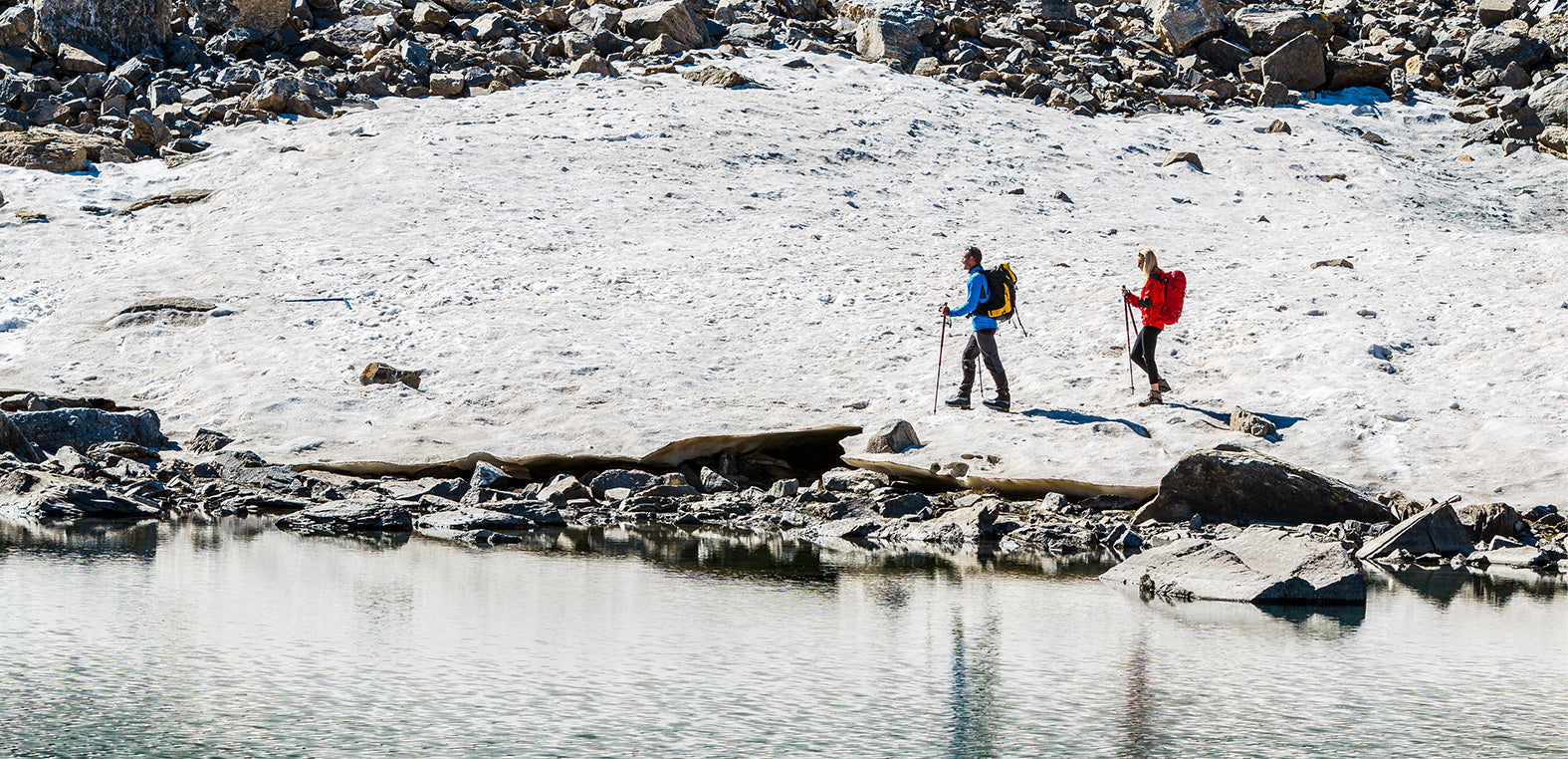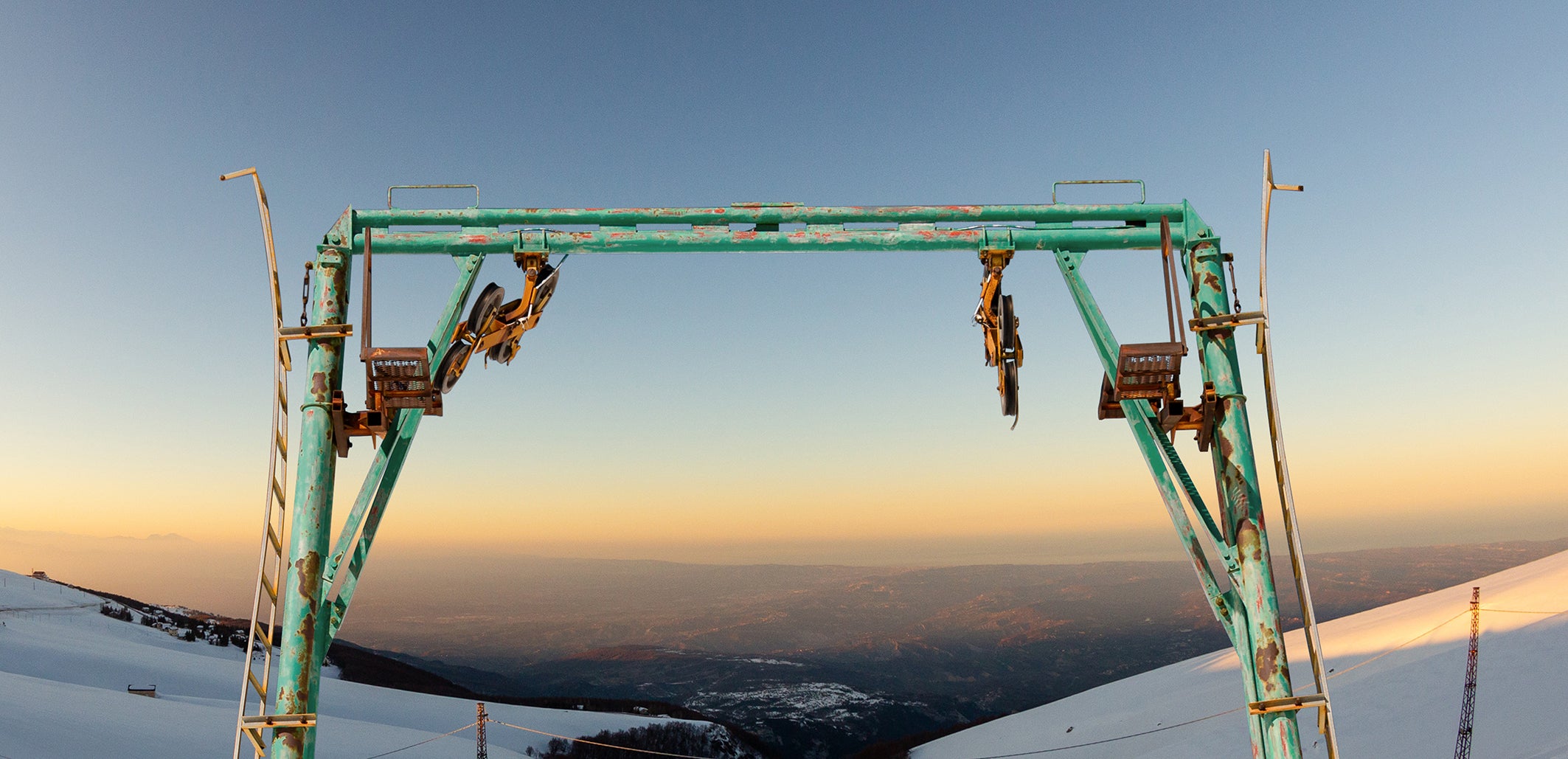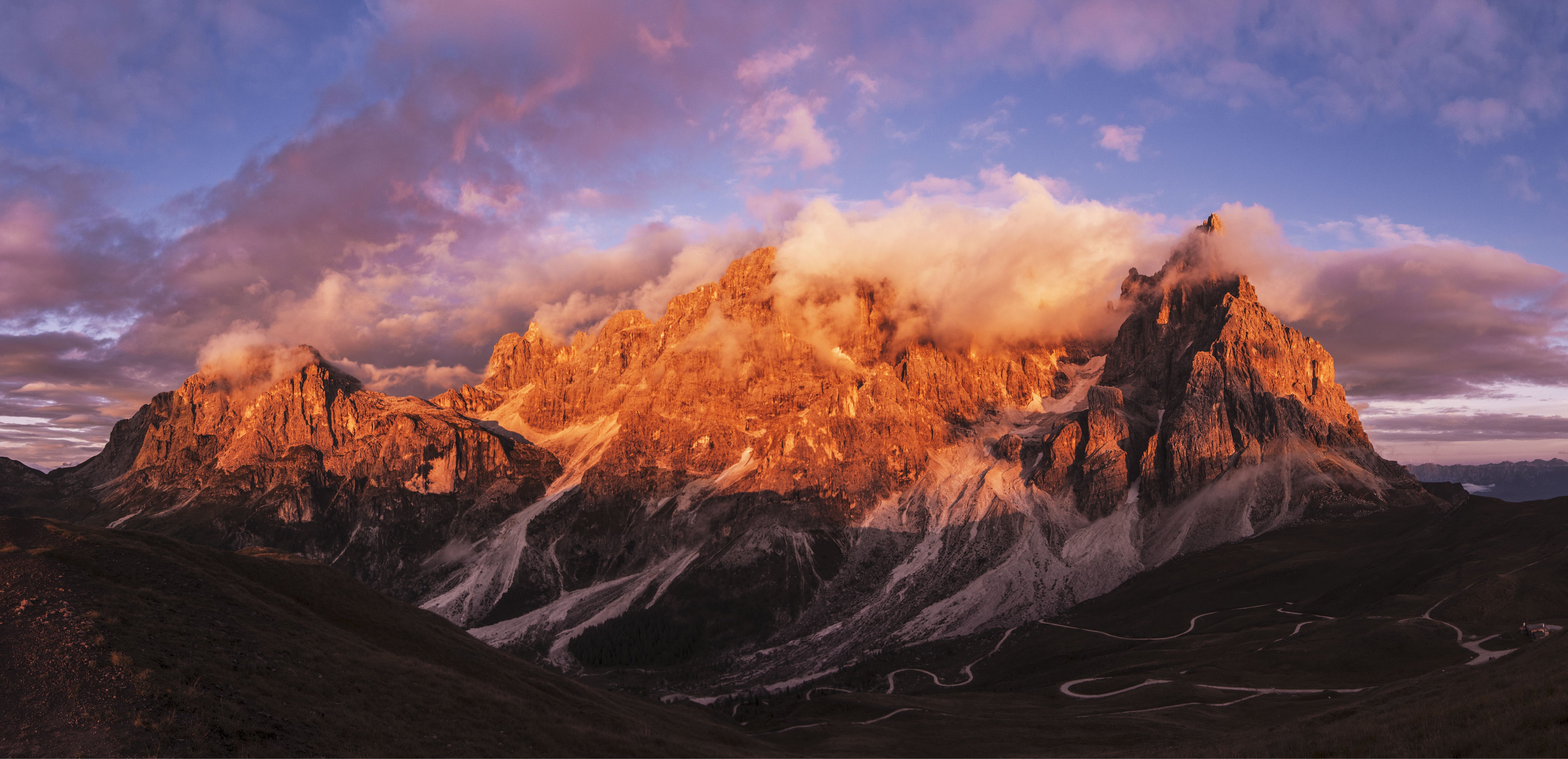
Wandering in the mountains and other stories. Climate change and perspectives - by Marco Grasso
Published on 28/05/2021
If until a decade ago it was possible to believe that ecological changes could be contained within certain safe boundaries, today this perspective must be placed among those mystifications of that not so far away age of hope and boundlessness.
Things have changed for the worse, unfortunately; even the Earth’s axis of rotation has notably shifted since the 1990s due to the massive ice melting of the period. The transformation of ecosystems and entire territories in the name of the promise of abundance for all must be re-evaluated in light of the ghastly future humanity faces. We need to pull the emergency brake on the locomotive of history, as Walter Benjamin claimed in 1942 about the impending catastrophe of the Second World War: now pulling the emergency break would give us the chance – shrinking everyday – to preserve, or perhaps to rescue, our only planet, the memories, and the affections produced with it and not only in it.

In this regard, the Anthropocene is a very interesting concept for many reasons; for instance, it makes it possible to eventually abandon the conceptual framework where nature and culture were considered separate, while it provides the conceptual tools to describe and verify the great transformation of the biochemical, physical, and socio-political dynamics of our ecological systems. But the notion of the Anthropocene has also been increasingly used as an ethical-aesthetic instrument to grasp, from the point of view of individual and collective phenomenological experiences in everyday life, the transformations underway on our planet in a comparative temporal perspective, one that can situate the lifespan of an individual within much longer geo-stories.
It is therefore possible that in their everyday trajectory a person can experience how much the climate and the ecology of a landscape have been transformed; a landscape that is dear to them or that they have had the opportunity to visit and to establish an emotional bond with during their life.

To live this inner journey, we need to go out, walk, look, breathe, smell, listen. Some scientists did so. 25 years ago, they hiked the Alpine region (from Vienna to Nice) and decided to retrace it recently. The trek was described as alarming. Forests are drying up in the lower regions where a proliferation of tree-damaging insects have been observed. Plants that most of us consider just an inert being become migrants in their own right. They are moving to higher altitudes looking for new opportunities of life. But of course they are strictly intertwined with the place they live in; the interactions that provide the life support conditions are changing - temperatures, pollinators, soil. We are not sure that people know how our agricultural practices will change in a few years. How some species will move, escaping high temperatures and a lack of water, while others will disappear. It’s just crazy, they seem to allude.
Yes, we have been talking a lot about mountains lately; not because of an excess of adventurous imagination, but, rather, because in times of virus and climate change they seem to be the place to be, the safe area which can free us from the terror of disease, high waters, poisoned air and paralyzing heat. Poor mountains: in the future they will be the ones to bear the burden of our repeated inertia.

But mountains – and the people who live there – will have to face their own risks. The condition of glaciers around the world is one of the most impressive examples; those who still think it is reasonable to continue in a kind of subtle everyday denialism of a fading ecosystem should take a look at the amazing comparative research project developed by the team On the trail of Glaciers. It is a “photographic-scientific project that combines photographic comparison and scientific research in order to disseminate the effects of climate change through the observation of changes in glacial masses over the last 150 years”. There, side by side, we see the transformation – the shrinking and eventually the disappearance – of the salient features of places like Alaska, the Himalayas, the Andes, the Alps. It is not just an aesthetic effect that hits us, the loss of the glaciers, transformed and removed from the landscape; rather it is the dense connection between events seemingly distant and remote from each other. By abandoning the background and moving to the front of the scene, these pictures show the interrelationship of biochemical, physical, and socio-cultural processes that affect the spaces of habitability of living beings – including human ones. And it is precisely these interactions that tend to accelerate the crossing of tipping points for the multiplicity of life forms on the planet.

Historical research of this magnitude has an effective (and affective) aspect of great relevance: by placing our time in a comparative historical path, it is possible to question our present and our future, throwing ourselves into that instant when we hold our breath before the grandiosity of our madness. Where are we wandering? The route may well continue without snow or glaciers; but it becomes desolate if it presumes it can go out and go on in an ecologically poor, sick, or dead world. To the Adventurer of the Anthropocene we must add the typical characteristics of science fiction: the exile from territories that offer little chance of life. A fiction that has become our present, at least for the many who must learn what it means to lose their territory and live without it in strange lands. We must absolutely learn in all its complexity what this means to those of us who still have a territory. We must multiply the instruments – be they scientific, artistic, or otherwise – that allow us to probe the changes underway. The comparative effect – between our past and present in an uncertain future – can be activated in various ways.

We are indeed conscious that many are tired of hearing the same arguments over and over again in a to and fro between a little hope and a lot of pessimism. But, unfortunately, our stories – human, all too human – become more and more dependent on these other stories, of melting glaciers, sea level rise, desertification, increasing temperatures, nonhuman migration, fires, and extinctions. This is the point: we need to learn to tell stories that are more than human, something that writer Amitav Ghosh has been advocating for some years. According to him the current global ecological crisis “is also a crisis of culture, and thus of the imagination.” We need, desperately, to learn to tell new stories, to create new stories, to invent new instruments to narrate multiple stories, and to live them differently.

Marco Grasso is Professor of Economic and Political Geography at the Università of Milan-Bicocca. His research interests include international environmental policy and climate change governance. He currently works on a project on the role of the fossil fuel industry in climate change and the decarbonisation of energy systems.


